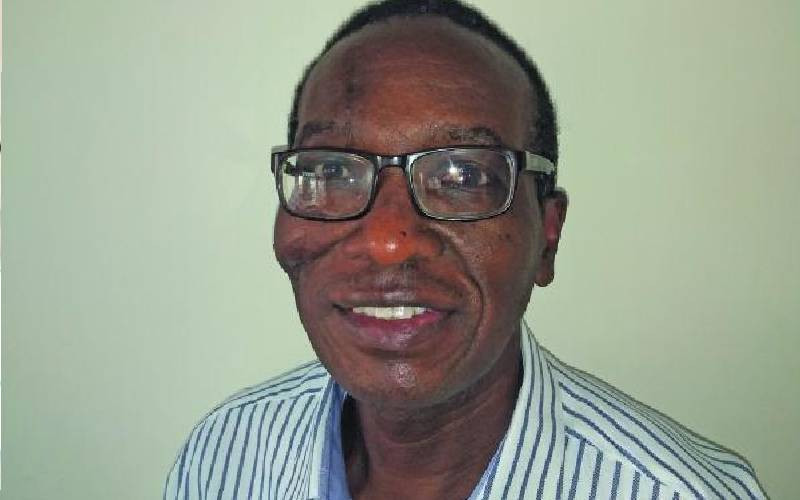×
The Standard e-Paper
Kenya's Bold Newspaper

The promulgation of the 2010 Constitution breathed a new lease of life into devolution. According to 2021 Division of Revenue Act, counties received Sh370 billion in the Financial Year 2021/2022. This is in addition to internally generated revenue.